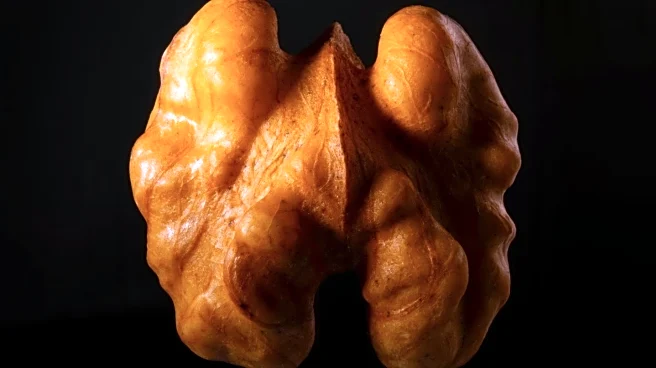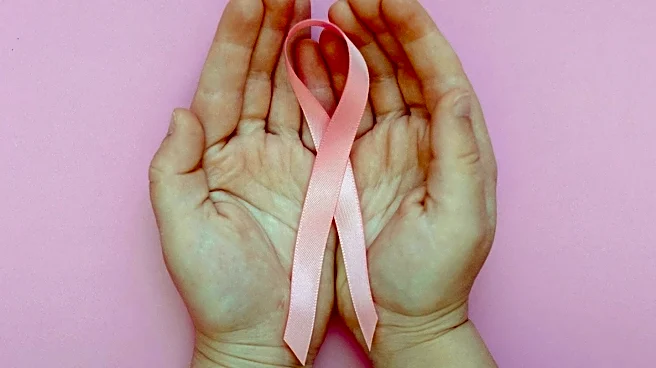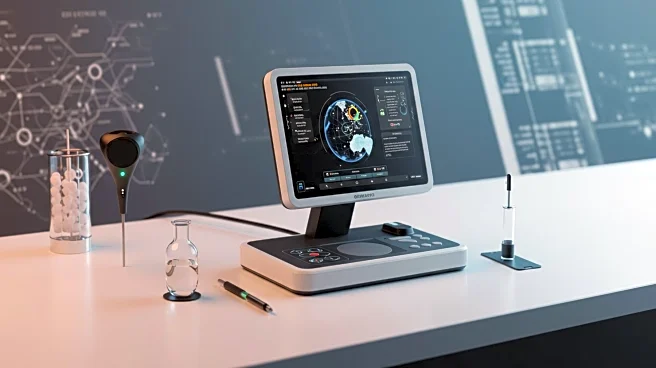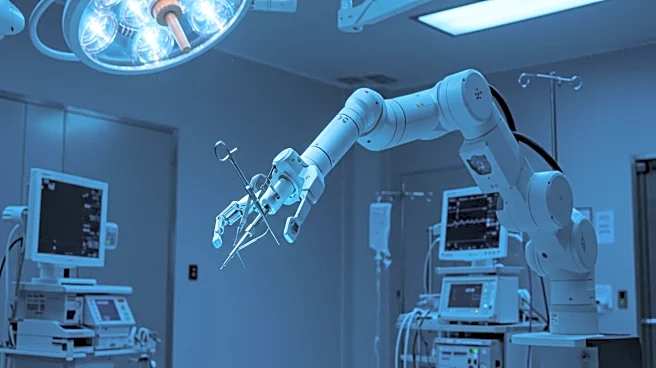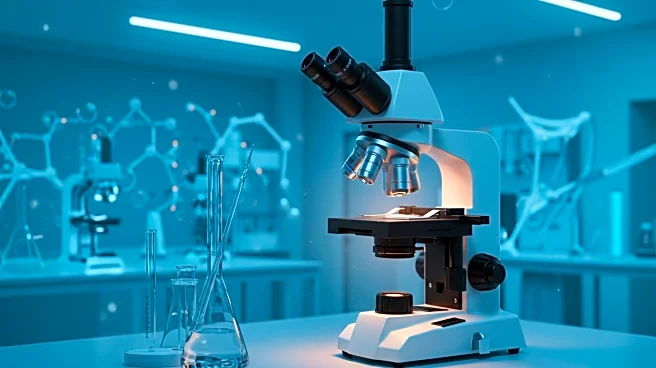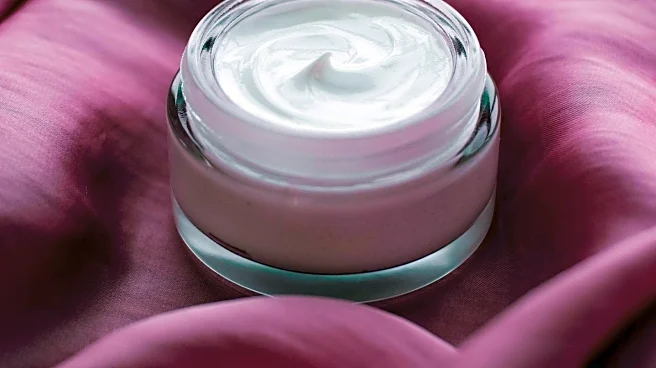Rapid Read • 8 min read
Researchers at the University of Warwick have introduced a diamond-based sensor designed to improve the detection of metastasized breast cancer. This innovative device is non-toxic and non-radioactive, utilizing the unique properties of diamonds to identify the spread of tumors. The sensor operates by detecting a magnetic tracer fluid injected into patients during or before breast cancer surgery, allowing for precise identification of lymph nodes that need to be surgically removed to prevent further cancer spread. The development of this sensor was published in the Physical Review Applied journal, with contributions from University Hospitals Coventry and Warwickshire. The sensor's compact size, just 10 mm, makes it suitable for endoscopic use and keyhole surgery, enhancing its applicability in clinical settings.
AD
The introduction of this diamond sensor represents a significant advancement in cancer treatment, offering a safer and more sensitive alternative to traditional methods that often involve radioactive substances or blue dye, which can cause allergic reactions. This technology could potentially revolutionize cancer surgery by providing a more precise and less invasive method for identifying affected lymph nodes, thereby improving patient outcomes. Additionally, the sensor's ability to detect smaller doses of magnetic tracer fluid could lead to broader applications in treating other types of cancers, such as lung, liver, colorectal, and oesophageal cancers. This development underscores the importance of innovation in medical technology to enhance diagnostic accuracy and patient safety.
The University of Warwick's research team anticipates further testing and refinement of the diamond sensor to expand its use in various cancer treatments. As the sensor gains recognition for its potential benefits, it may prompt healthcare facilities to adopt this technology, leading to changes in surgical practices and cancer management protocols. The success of this sensor could also inspire additional research into diamond-based technologies for other medical applications, potentially opening new avenues for non-invasive diagnostic tools.
The ethical implications of using non-toxic and non-radioactive materials in medical devices are significant, as they align with the growing demand for safer healthcare solutions. This development may influence regulatory standards and encourage the medical industry to prioritize patient safety and environmental sustainability in device manufacturing. Furthermore, the use of diamond technology highlights the intersection of physics and medicine, showcasing how interdisciplinary collaboration can lead to groundbreaking advancements in healthcare.
AD
More Stories You Might Enjoy
